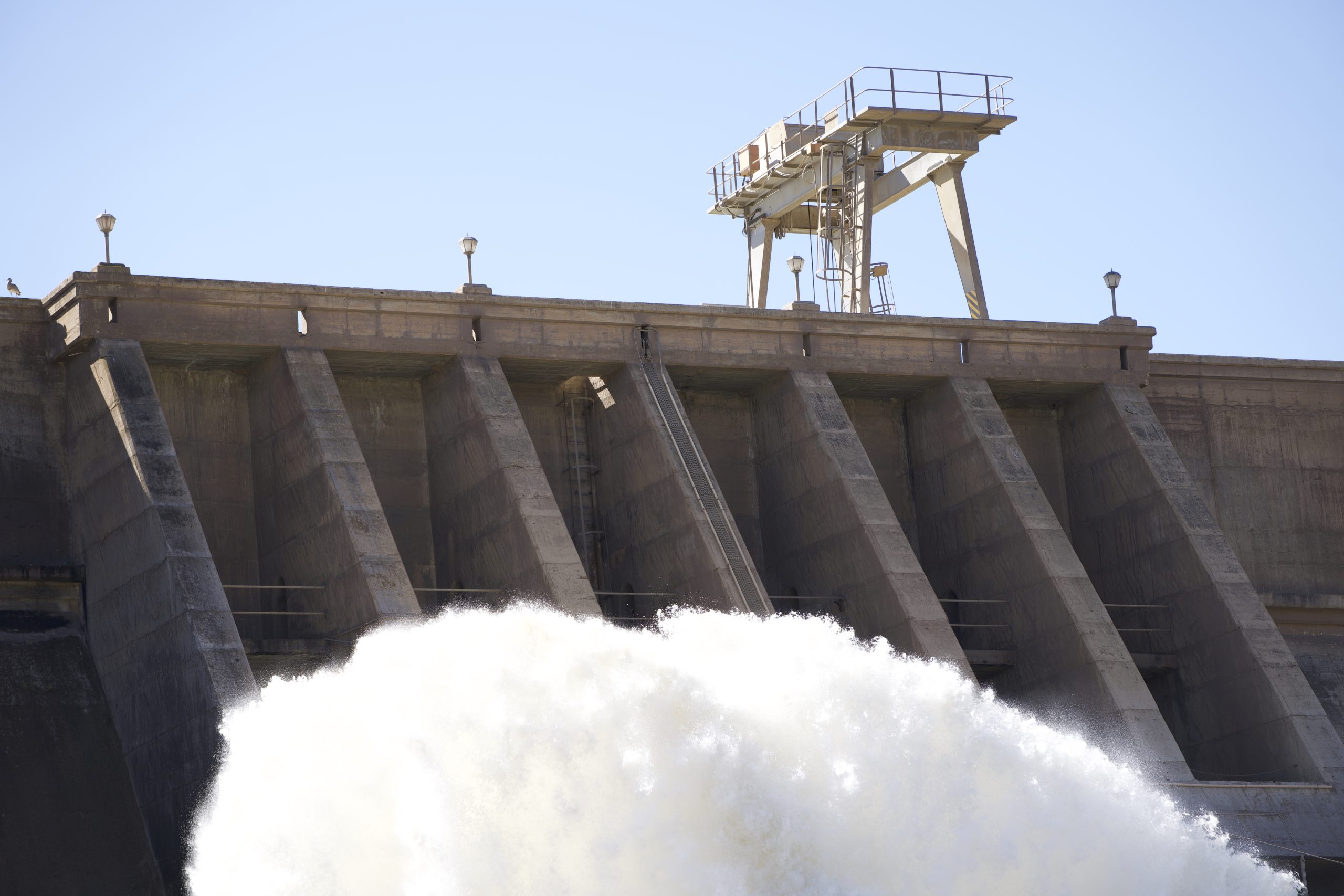Darlington dam

Siltation Management Strategy
Dam Engineering and Socio-Ecological Systems
Sustainable Dredging of Dams
Training and Capacity Development
The draft Siltation Management Strategy was developed by a project team through a collaborative and transdisciplinary approach, with inputs obtained from key stakeholders during a series of workshops.
The strategy development process began with a detailed situational assessment comprised of individual specialist reports, including a review of local and international case studies and a summary of community and SMME benefits associated with improved siltation management. An overarching vision for the strategy was then developed, and the goals and objectives needed to achieve the vision were identified. This strategic framework informed the draft Implementation Plan, which is supported by a draft Monitoring and Evaluation (M&E) Framework and a draft Risk Management Framework.
This sub-project developed a dam classification tool and an operational model to inform the initial steps in planning the management of dam siltation, allowing for a consistent decision-making process. The classification tool, called the Storage Sustainability Scoring (SSS) tool, provides a score that indicates the magnitude of the sedimentation impact and whether this impact originates from the catchment, river system or dam.
The Excel-based Dam Catchment Operational Model then uses this information to determine the optimal set of interventions from a cost-benefit perspective. Used in combination of other tools and models, they allow existing or proposed dams to be screened and prioritised in terms of sedimentation impact and siltation management.
A knowledge review evaluating international and local best practices for combatting dam siltation has looked at various technologies used which include either a form of mechanical underwater excavation (grab, backhoe or bucket ladder) or hydraulic dredging (suction, auger or pneumatic). The dredged material has several beneficial uses with potential socio-economic benefits, including agriculture, brick manufacturing, habitat restoration, land recreation or landfill, erosion and flooding control structures.
Case studies show that
Agriculture and brick manufacturing were the most beneficial uses within South Africa, but transporting the dredged material over distances of more than 50 km would not be financially viable. The Technology Transfer Report focuses on the model and protocols, covering aspects such as data collection, health risk assessment, costing analyses, and the authorisations required for dredging. It concludes with a number of case studies from South Africa.
Sub-project 4 used the outcome of the other sub-projects to develop the capacity-building component of the NatSilt Programme. Implementing the Siltation Management Strategy and the various tools, models and protocols developed through the NatSilt Programme will require skills currently scarce in South Africa. Four skills programmes, have been developed and registered with the Quality Council for Trades and Occupation (QCTO. The skills
programmes are:
An e-learning platform, called e-Silt, has also been developed and populated with training modules that will allow professional development of technicians, scientists and engineers, incorporating recognition of prior learning.
In addition, awareness-raising material will be developed to capacitate communities on how they can play a role in preventing land degradation and dam siltation.